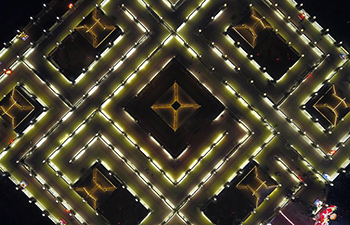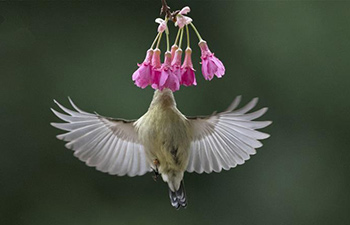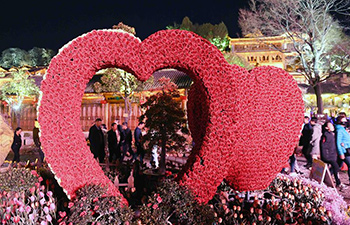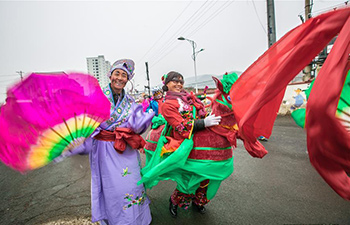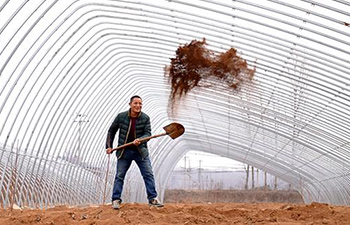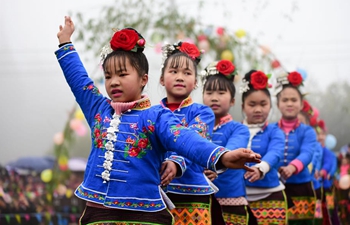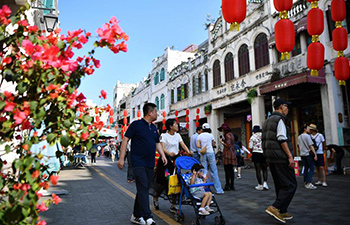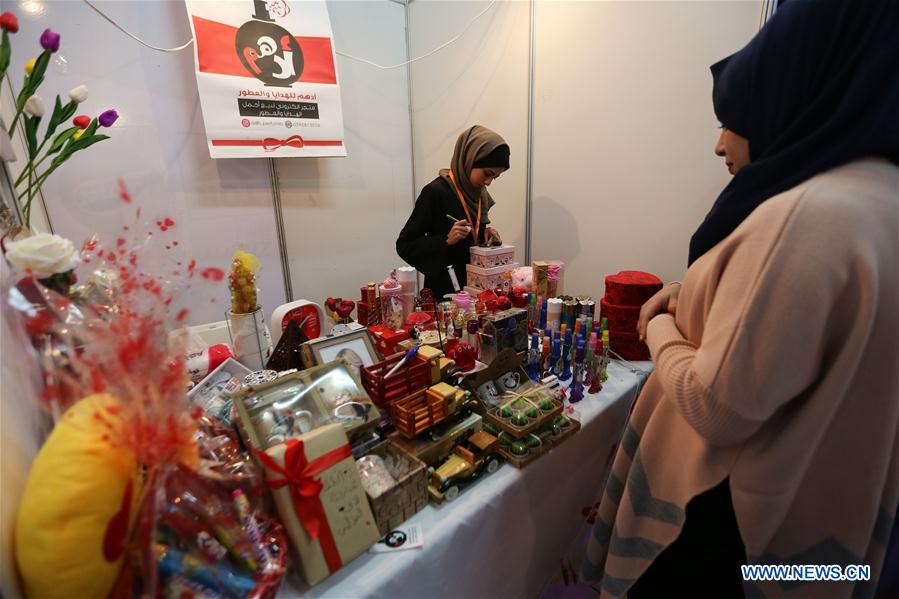 ?
?A Palestinian woman views products during a shopping festival in Gaza City, on Feb. 13, 2019. For the first time in the Palestinian Gaza Strip, a shopping festival has provided an opportunity for owners of emerging companies and businesses to display and market their products. (Xinhua/Stringer)
GAZA, Feb. 13 (Xinhua) -- For the first time in the Palestinian Gaza Strip, a shopping festival has provided an opportunity for owners of emerging companies and businesses to display and market their products.
The three-day event is expected to bring about a relative revival in trade in seaside territory which suffers from a severe economic recession caused by an Israeli blockade that has been imposed since 2007.
The shopping fair is being held in partnership between Gaza's Bel Mundo Tourist Company and the Red Carpet Company for Organizing Events.
The fair, where dozens of local products and handicrafts are being showcased, is meant to give a boost to Gaza's ailing economy.
Red Carpet director Mustafa Sarsour said the exhibition aims to provide marketing opportunities for a variety of commodities and reactivate local business activities.
He explained that the exhibition allocates a significant part to start-up companies that operate through social networking platforms whose owners do not have shops where they can sell their products.
"The advantage of the exhibition is to provide shopping opportunities for a variety of products that meet the majority of the needs of customers within one place," he added.
Meanwhile, exhibitors said they had benefited from this opportunity where they managed to meet customers directly and offer their products smoothly.
Afaf Massoud, 19-year-old, received a steady stream of customers to see what she was showing at her small pavilion at the exhibition.
Massoud, a student of architecture and design in a Gaza college, runs a plant for growing cactus and sells her produce through social media sites.
The young lady told Xinhua that her plant is located in a relatively remote area in the northern Gaza Strip, adding that her participation in the exhibition gave her greater opportunities to meet customers and promote her products.
She pointed out that such exhibitions provide space for talents in handicrafts who do not have the ability to open shops and projects of their own.
Event organizers said more than 4,000 people visited the fair on the opening day, which means the turnout was quite satisfactory.
Nehal Jouda, a 23-year-old visitor, said that handicrafts and folklore products attracted her, adding she decided to buy a number of artifacts.
"Such exhibitions offer shopping opportunities for a number of products that family needs at relatively low prices," she said.
Nidal Shurrab, 31, said after a tour of the exhibition, he admired women's hand-made products.
"The festival offers opportunities for women to promote and market their products," Shurrab, also a media activist, told Xinhua.
He added that holding such events should be done periodically in Gaza in order to contribute to moving the wheel of the local economy and raising awareness of the importance of national products.
Gaza has been placed under a tight Israeli blockade since Islamic Hamas movement seized the territory by force after routing forces loyal to President Mahmoud Abbas in 2007.
A report by the Palestinian Central Bureau of Statistics showed on Wednesday that unemployment rate in the Gaza Strip reached 52 percent in 2018 compared with 44 percent in 2017.
According to the same report, female participation in the labor force in the Gaza Strip does not exceed 26 percent.
A local Gaza-based committee resisting the Israeli blockade has warned in January that Israel's embargo has led to a severe humanitarian deterioration in all aspects of life in the Gaza Strip.
The committee said that 90 percent of factories in the impoverished densely-populated territory have been badly damaged due to the Israeli blockade and the growing rates of unemployment.
The committee also said the per-day income in Gaza has reached 2 U.S. dollars, adding that 85 percent of the populations are living under the poverty line.




